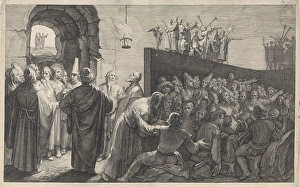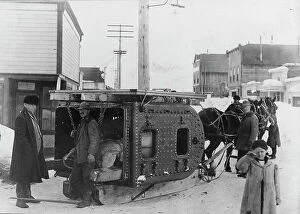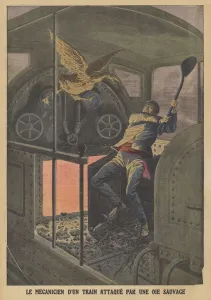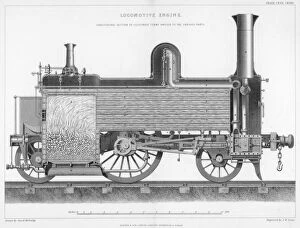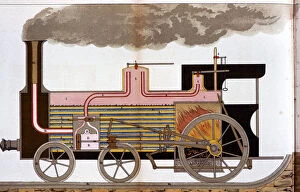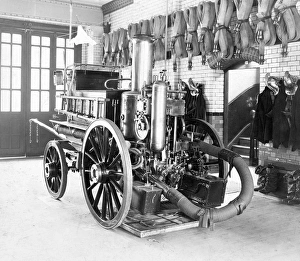Firebox Collection
"The Firebox: A Journey Through Time and Technology" Step into the depths of history with the firebox, a pivotal element in the evolution of steam locomotives
All Professionally Made to Order for Quick Shipping
"The Firebox: A Journey Through Time and Technology" Step into the depths of history with the firebox, a pivotal element in the evolution of steam locomotives. From ancient philosophical caves to modern-day illustrations, this caption takes you on an intriguing ride. In 1604, Jan Saenredam and Cornelis Cornelisz van Haarlem immortalized Plato's Cave allegory, where shadows danced upon its walls like flickering flames within a firebox. Little did they know that their art would foreshadow the birth of a revolutionary transportation system. Fast forward to Belgium, where an unsuspecting train driver found himself under attack by a wild goose. Amidst chaos and laughter, this colorful lithograph reminds us that even nature can disrupt the fiery power of locomotion. The L&S Railway marked a milestone as it proudly presented its first ten engines. These mechanical marvels harnessed steam's force within their fireboxes, propelling them towards new horizons at unprecedented speeds. Ever wondered how exactly these trains moved? Delve into "How a railway train is propelled, " an informative glimpse into the inner workings of steam-powered locomotion. The secret lies in coal burning within the firebox – producing heat that transfers to boiling water and ultimately powers pistons back and forth. Traveling further back in time brings us face-to-face with mid-19th-century steam railway locomotives through sectional views. Witness intricate details such as boiler tubes intertwining with the mighty firebox - symbols of engineering ingenuity fueling progress across nations. Venturing across England's North Yorkshire landscape reveals Levisham station standing tall amidst picturesque surroundings. Here, passengers once boarded majestic British passenger steam locomotives whose very heart beat fiercely within their fireboxes. As we explore Knights Cyclopaedia's Industry compendium from all nations, we encounter diverse depictions showcasing global advancements in rail technology – each image capturing unique firebox designs that propelled locomotives across continents.

